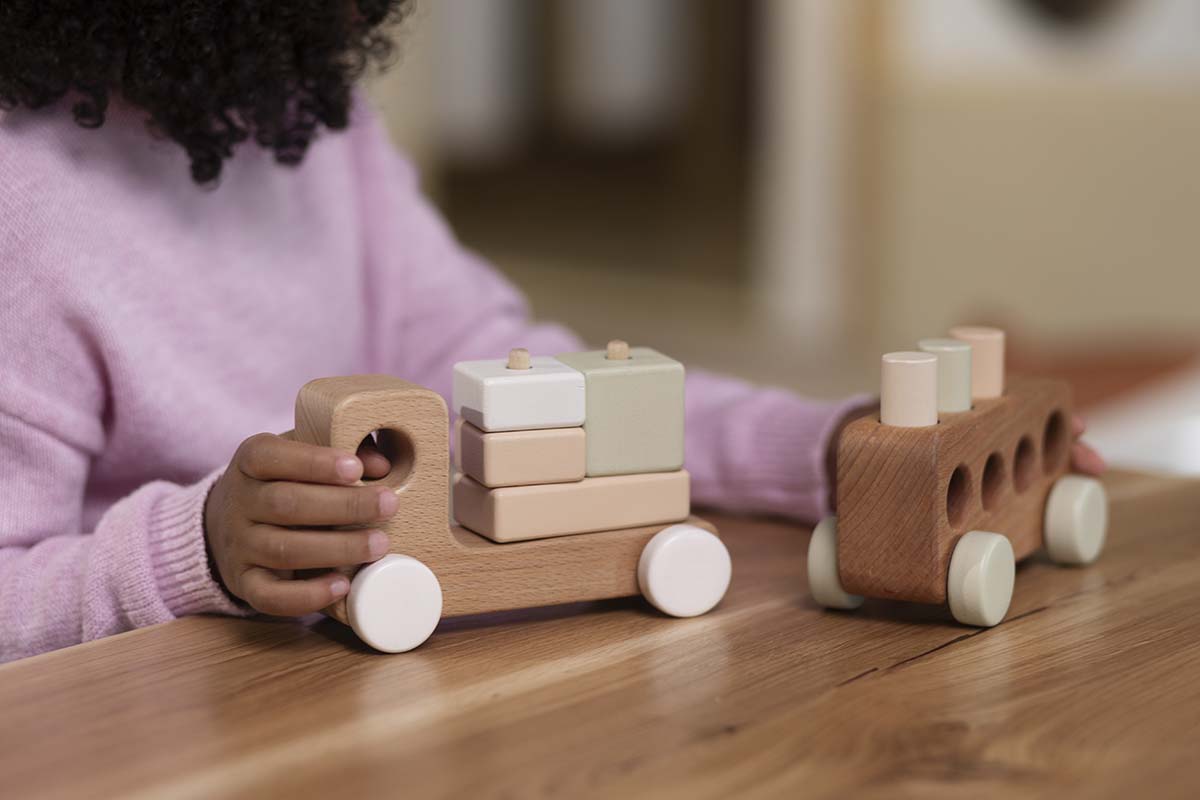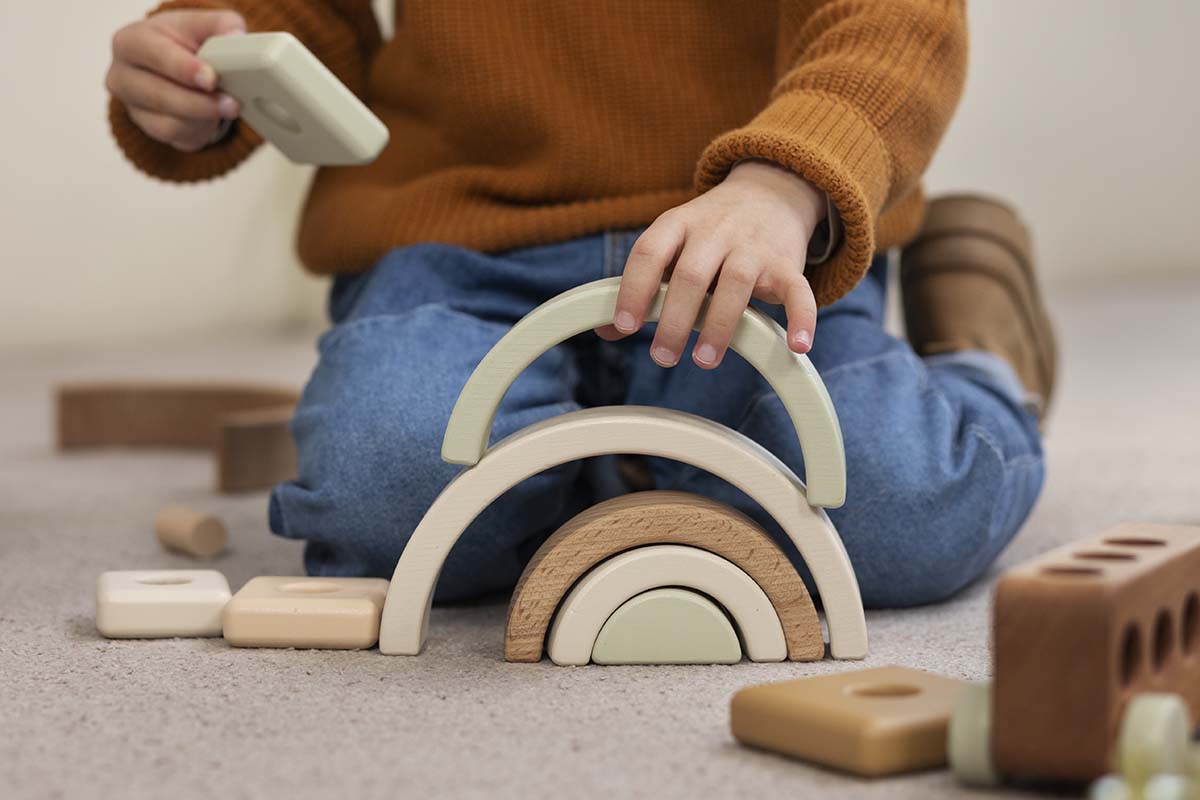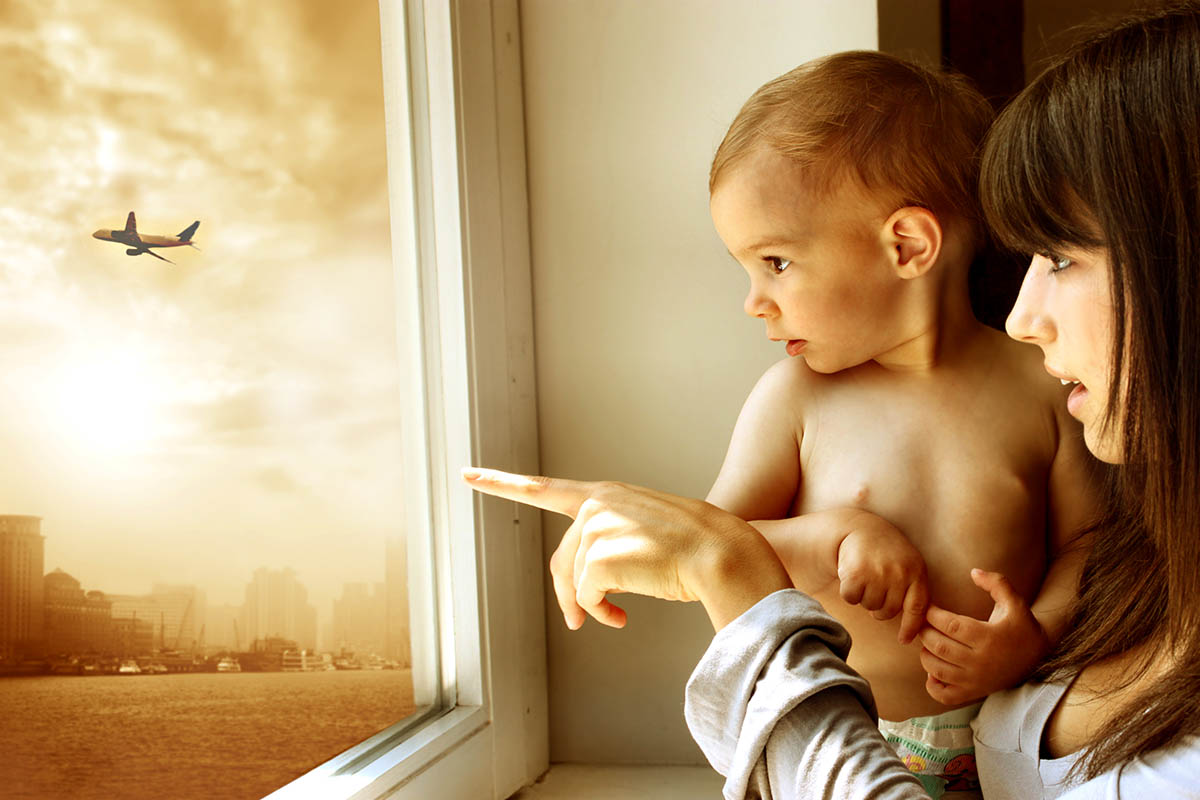From Plastic to Planet-Friendly: How Sustainable Toys Are Shaping Childhoods?
In a world where sustainability has become a buzzword, it’s no surprise that the toy industry is also undergoing a significant transformation. The shift from plastic, symbolized by iconic Barbie plastic dolls, to planet-friendly toys, is good for the environment and shaping the way children play and learn. This article explores how sustainable toys, in contrast to their conventional plastic counterparts, are positively impacting childhoods across the globe.
The Rise of Sustainable Toys
- The environmental impact of traditional toys;
- Growing consumer awareness and demand for eco-friendly options.
In recent years, there has been a noticeable shift towards sustainable toys. Traditional plastic toys, once the norm, have raised concerns about their environmental impact. Many of these toys are made from non-renewable resources, such as petroleum, and are often difficult to recycle. Consumers seek alternatives that align with their values as they become more environmentally conscious.
Sustainable toys are crafted with a focus on reducing their environmental footprint. They are made from eco-friendly materials like wood, bamboo, or recycled plastics. These materials are both renewable and biodegradable, reducing the long-term burden on landfills. This shift towards sustainable materials reflects a growing demand for planet-friendly options in the toy industry.
Encouraging Creativity and Imagination
- Open-ended play possibilities;
- Reducing screen time and fostering creativity.
Sustainable toys are known for their versatility and open-ended play possibilities. Unlike modern electronic toys with predetermined functions, eco-friendly toys often encourage children to use their imagination. For example, building blocks made from sustainable wood can become anything a child dreams up, from a towering castle to a bustling city.
This shift towards open-ended play is also helping to reduce screen time among children. Sustainable toys provide an alternative to digital devices, allowing kids to engage with the physical world and develop essential cognitive skills. They encourage creativity, problem-solving, and critical thinking—all valuable skills that will benefit children throughout their lives.
Teaching Environmental Responsibility
- Learning about sustainability from a young age;
- The connection between toys and conservation.
One of the most significant impacts of sustainable toys is their ability to teach children about environmental responsibility from a young age. Many eco-friendly toy manufacturers incorporate sustainability into their designs and packaging. This allows parents and educators to discuss important topics like recycling, waste reduction, and protecting our planet.
Moreover, sustainable toys often feature themes related to wildlife conservation and nature. Children can learn about endangered species, ecosystems, and the importance of preserving our natural world through play. These toys help instill a sense of stewardship and responsibility towards the environment, which is crucial for future generations.
Durability and Longevity
- The problem of disposable toys;
- Sustainable toys as heirlooms.
In a world where disposable culture is prevalent, sustainable toys stand out for their durability and longevity. Traditional plastic toys often have a short lifespan, contributing to a cycle of excessive consumption and waste. On the other hand, many planet-friendly toys are built to last and can be passed down through generations.
Sustainable toys are often considered heirlooms, cherished possessions that hold sentimental value. They withstand the test of time, retaining their quality and appeal. This reduces the need for constant replacements and fosters a sense of attachment and appreciation for the toys, leading to more responsible ownership.
Summing it Up
The shift from plastic, symbolized by iconic Barbie plastic dolls, to planet-friendly toys undeniably shapes childhoods for the better. These eco-conscious alternatives not only help reduce the environmental impact of the toy industry but also encourage creativity, teach environmental responsibility, and promote longevity.
As parents and caregivers increasingly prioritize sustainability, the toy industry, once synonymous with plastic dolls like Barbie, is responding with innovative, eco-friendly options that are helping to mold a generation of environmentally aware and responsible individuals. So, whether it’s building a wooden fortress or exploring the wonders of nature through play, sustainable toys are proving to be more than just playthings—they are shaping a brighter, more sustainable future for our children and the planet.




















